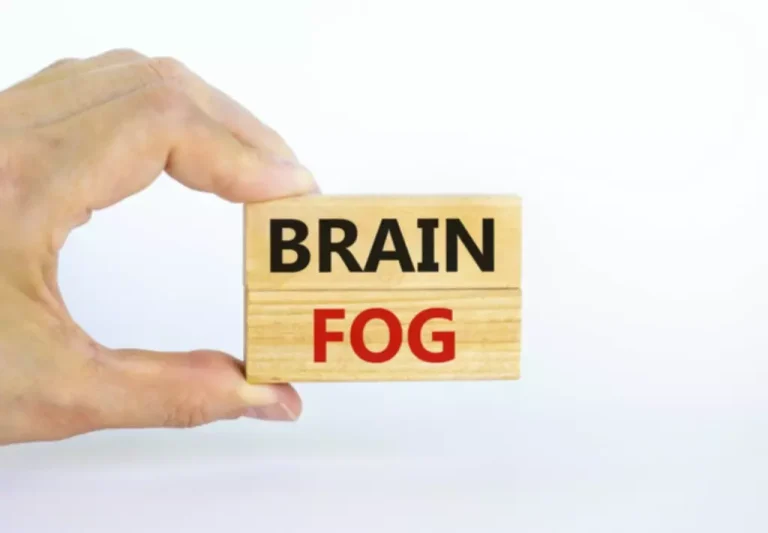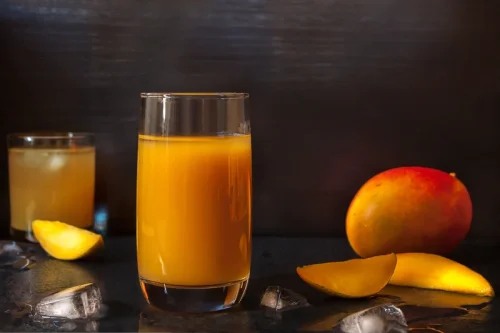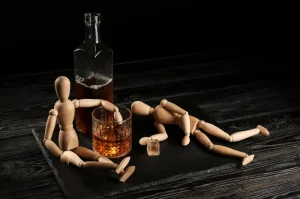U.S. consumer demand for beer continues to shift to “premium options and new and exciting alternatives” when selecting the beverage to consume off-premise. Such offerings that have garnered consumer attention include craft beers (annual production of fewer than 6 million barrels) and imported and domestic super-premium beers (which were categorized in 2012 as priced at $22 and higher per case). It’s estimated that globally, around 1 percent of the population has an alcohol use disorder. At the country level, as shown in the chart, this ranges from around 0.5 to 5 percent of the population. The comparison of this map with the previous maps makes clear that heavy drinking is not necessarily most common in the same countries where alcohol consumption is most common. As the map shows, the average per capita alcohol consumption varies widely globally.
Beer and Food Pairings
There were 11,282 wineries in the U.S. in 2021, of which 16% were categorized as small (5,000-49,999 cases produced annually), 33% very small (1,000 to 4,999 cases), and 48% with “limited production” (less than 1,000 cases). In an article published by WGSN, we should begin to see Chinese baijiu, a white spirit, “and the world’s most-consumed spirit, outselling whisky, vodka, gin, rum, and tequila combined,” become more prevalent. This shows the expenditure on alcohol in the United States, differentiated by where the alcohol has been purchased and consumed. Data on alcohol expenditure is typically limited to North America, Europe, and Oceania. The “seltzer boom brought variety and flavor to customers,” which encourages them to be more willing to try new flavors in other beverage categories.
Here’s How Much The Average American Spends On Alcohol Each Year
It is accelerating with year-to-date 2021 performance trending higher than 2019, with projections to end at +3.8% in volume. In fact, according to one source quoted in the article, rose, white, and sparkling wines are outpacing red wines. In France in the 1920s, the average was 22.1 liters of pure alcohol per person per year.
Share of adults who drink alcohol
While this is particularly prevalent with RTDs, we’re also seeing significant growth in flavors in beer and spirits as well.” While 2020 saw unprecedented upheaval in Americans’ lives, it did not slow their taste for alcohol. In fact, the year posted the largest volume gain in the US in nearly twenty years. According to the findings in the recently released IWSR Drinks Market Analysis, total beverage alcohol volume in the US was up +2.0%, the most significant increase since 2002. The report highlighted trends in each category and offered insights into where the industry is headed in the near future.
It has to occur frequently and continue for a period of time that makes it unreasonable. Ryanair reported the weaker profits than expected for its first financial quarter, blaming a need to “stimulate” flight sales. Alcohol-related deaths increased percolators 101: perc bongs to know among all age groups (during 2020–2021) from just a few years earlier (2016–2017). Consumers are now much more aware of the available options for buying alcohol online, and alcohol brands now have distribution networks in place to supply them.
- Retail alcohol sales from March to September 2020 totaled $41.9 billion, a 20% increase over the same period the year before.
- The growth rate for all other varietals reported decreased between 0.9% (Sauvignon blanc) and 16.9% (Sangria).
- In many Asian countries, spirits account for most of total alcohol consumption.
The Zenith reports therefore predicts that the alcohol industry will reduce their expenditure on television advertising by 2.4% a year until 2023, compared to the 2019 baseline, as audiences continue to shrink. Between 2019 and 2022, while overall growth in the number of U.S. wineries grew 10% and the number of Californian wineries grew 7%, those in the Eastern U.S. (27 states east of the Mississippi River) grew 13%, accounting for 28% of the total wineries in the U.S. Of the states in the region, New York, Pennsylvania, and Virginia experienced the greatest increase in the number of wineries with growth rates of 14, 12, and 10%, respectively (Adams, 2022).
Alcohol advertising spending will still be 8% below the 2019 level by the end of 2021, at US$ 7.0bn. But over the next few years the alcohol industry’s expenses for alcohol advertising will reach the pre- pandemic peak. It is projected that in 2023 Big Alcohol will spend will US$ 7.7bn – slightly bigger than before COVID-19.
In fact tequila and mezcal put up an even bigger lead (by gaining 7.9% in revenue in 2023) on American-made whiskey, which was the third-highest-selling category. In the US, Canada, Australia, New Zealand, Argentina, and many European countries, alcohol is responsible for around a third of all traffic deaths. It is possible to switch this data to any other country or region in the world. Globally, the age-standardized death rate has declined from approximately 40 deaths per 100,000 people in the early 1990s to 30 deaths per 100,000 in 2019.
NielsenIQ revealed that “less than 5% of households [s]” purchased low and no-alcohol (LNA) beverages, which accounted for 3.5% of the total alcohol market share. Online sales of LNA beverages increased by 315% between October 2020 and 2021, while “alcoholic options” only increased by 26%. While both beer older adults national institute on alcohol abuse and alcoholism niaaa and wine experience volume declines, new categories like ready-to-drink beverages (which include everything from premade cocktails to spirits seltzers to hard sodas) have experienced impressive growth. However, while alcohol sales experienced booms during the pandemic, post-pandemic sales have been mixed.
Assuming that this sober cohort spends no money on alcohol, those who do drink likely spend considerably more than $484 annually on average. Advertising spending will grow by 5.3% faster than the market in 2021, as the hospitality industry opens up after COVID-19 restrictions. As one report shows, the alcohol industry will spend twice as much on television as the average advertising spending, readying an avalanche of alcohol ads in 12 major markets. I have studied the relationship between alcohol marketing and youth drinking behavior for the past 20 years. In 2011, my colleagues and I performed what to our knowledge was the first and only survey of what specific brands of alcohol underage people drink.
Other formats that decreased in growth during this period included 500 mL, 1 L, and larger containers. Formats that experienced an increase in growth rate were 300 mL (28.3%), 187 mL (6.2%), 250 mL (5.8%), and other smaller containers. However, the combined market share is significantly lower than the market share of traditional 750 mL and larger containers. Many of the risk factors for alcohol dependency are similar to those of overall drug use disorders (including illicit drug disorders). Further discussion on these risk factors can be found on our topic page on drug use.
You’ll also be paying higher insurance rates and must pay for DMV administrative hearings and fees to reinstate your license. Altogether, a first-time DUI offense could potentially cost you anywhere from $10,000 to $25,000 when all is said and done. Read more about how alcoholism can affect relationships with your friends and family.
Of course, I can’t be representative of every single person in my age bracket. So, I took to asking some peers — all of whom are in their 20s and 30s, and all of whose names I’ve changed — about theiraverage weekly spend on alcohol. Keep in mind almost all of these people live in urban areas, so it’s still not a completely accurate snapshot (though really, what is?), but I think their answers provide some 10 panel drug test interesting insight into how we approach this particular area of spending. Their prominence is driven by consumers’ continual search for new and exciting products. “When we ask RTD consumers what factors influence their beverage alcohol purchase decision, the #1 response we hear is ‘flavor’,” says Rand. “People are eager to try new brands, especially those that offer a unique or interesting flavor.
Although those in lower income or educational status groups often drink less overall, they are more likely to have lower-frequency, higher-intensity drinking patterns. Overall, these groups drink less, but a higher percentage will drink heavily when they do. As we see, following prohibition, levels of alcohol consumption returned to similar levels as in the pre-prohibition period. Data on the share who don’t drink alcohol by gender and age group in the UK is available here.































